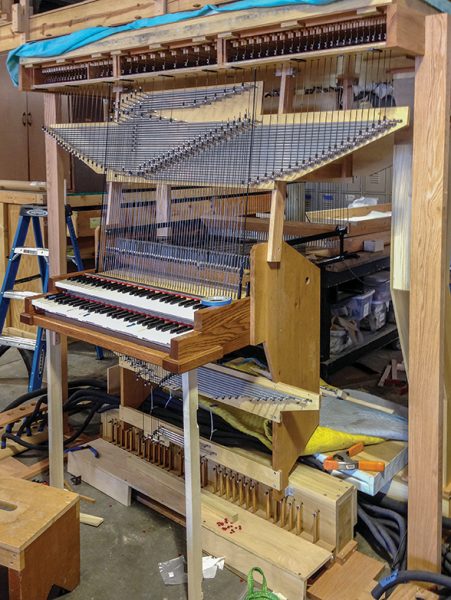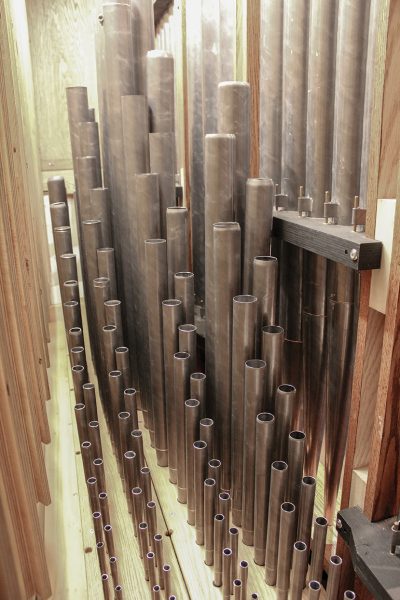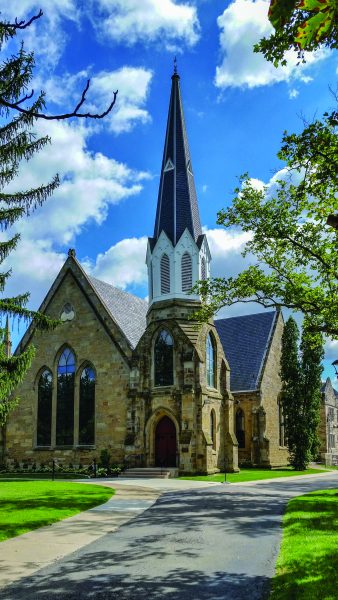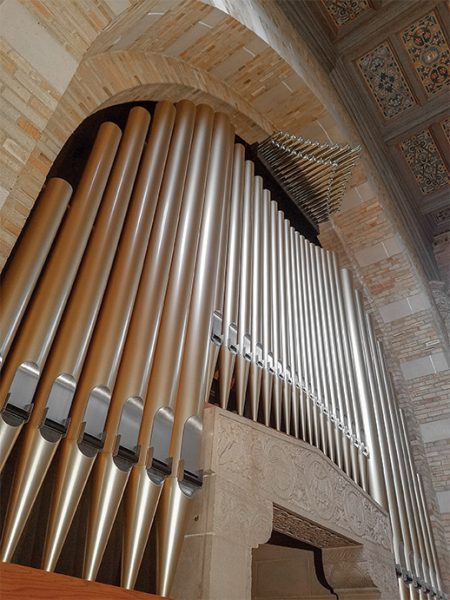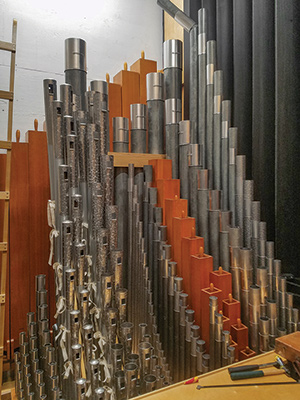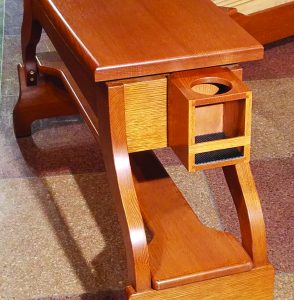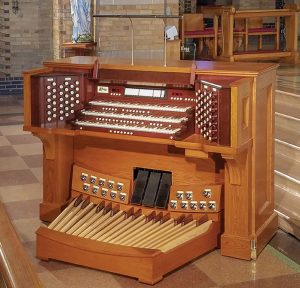After a 15 year hiatus, the Central Arizona Chapter of the AGO held its second Pipe Organ Encounter from June 17-22, 2018. Sixteen students from Metro Phoenix, Texas, Kansas, Las Vegas, Kentucky, and Idaho enjoyed significant instruments throughout the Phoenix metropolitan area. Some were talented pianists who had never played the organ, and some were in their second or third POE. Local faculty were mainly from the graduate program at Arizona State University with Prof. Kimberley Marshall as their primary instructor. Amanda Mole, laureate of several national and international competitions and in her final stages of doctoral work at the Eastman School of music, was the featured recitalist for the week.
The week began Sunday evening with a barbecue where the students could meet the faculty and play harpsichord and piano for each other. Thanks to dedicated volunteer drivers and a fantastic line-up of caterers, students enjoyed more time at the console than is usually the case in a POE. Each student was at the console for three hours, enjoying 90 minutes of instruction and 90 minutes of practice. There was open console time every afternoon or evening. We were fortunate in using churches that had smaller tracker instruments in chapels in addition to larger instruments in their sanctuaries. Arizona State University was extremely generous in making available not only their practice rooms, but also the Organ Hall with the “Fabulous Fritts.”
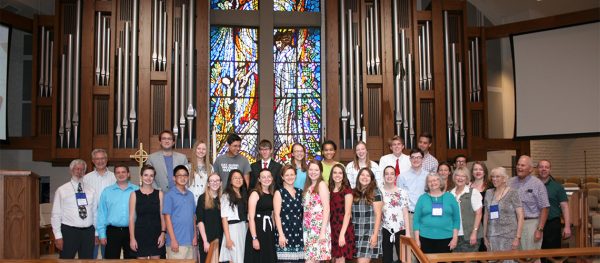
The first workshop was by Dr. Guy Whatley on articulation, using the Richards and Fowkes organ at Pinnacle Presbyterian Church in Scottsdale, AZ. Dr. Whatley relied on primary sources and covered a wide range of repertoire from the 16th through the 19th centuries. The faculty presented an extremely colorful and well registered recital on the Sipe organ at First United Methodist Church, Phoenix, AZ, that evening. Tuesday’s presentation was done by Brian Berghaus of Berghaus Pipe Organ Builders on the genesis and construction of his organ at La Casa de Cristo Lutheran Church, Scottsdale, AZ, with a large number of the congregation also in attendance. This was followed by a registration demonstration by chief voicer Jonathon Oblander with carefully selected repertoire. On Wednesday the students visited the world class Musical Instrument Museum in Scottsdale, and the day closed with a powerful recital by Amanda Mole back at La Casa de Cristo. Thursday was the high point for many of the students, as we enjoyed lunch with Lew Williams playing the awesomely massive Wurlitzer. The staff was gracious enough to allow the students some console time on this singularly amazing instrument. Dr. Skye Hart gave two sessions on improvisation and hymn playing, with even beginners discovering something new in themselves. Friday was dedicated to the student recital on the Casavant organ at American Lutheran Church in Sun City, AZ.
The students were housed at Arizona Christian University in Phoenix. The rooms were amazingly large with full size stoves and refrigerators. Needless to say, no one went hungry. Large common rooms allowed evening practice on digital pianos with headphones, as well as an acoustic upright piano.
The entire week was gratifying for all. All the students rated the faculty as one of the best aspects of the month. Several students committed to auditioning for the local scholarship program, brand new organists found a whole new realm of expression, and the veterans who were driving and chaperoning also came away with new insights.
 Sewickley Presbyterian Church
Sewickley Presbyterian Church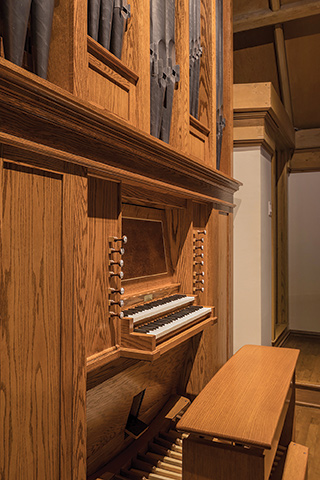 During the academic year, traditional worship services are conducted in the chapel each Sunday. A small group of singers or an instrumental soloist joins the organist in the balcony from time to time. The chapel is also used for small
During the academic year, traditional worship services are conducted in the chapel each Sunday. A small group of singers or an instrumental soloist joins the organist in the balcony from time to time. The chapel is also used for small
